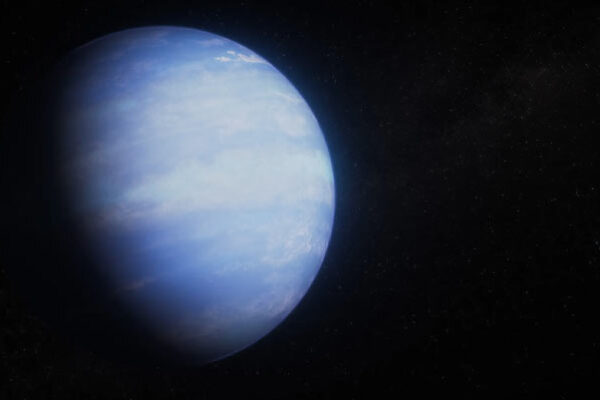
Q&A: How tea may have saved lives in 18th century England
Drinking tea can have several health benefits. There is seemingly a brew for everything from sleep to inflammation to digestion. In 18th century England, however, drinking tea may have saved a person’s life, and it likely had very little to do with leaves and herbs. Drinking tea can have several health benefits. There is seemingly a…














